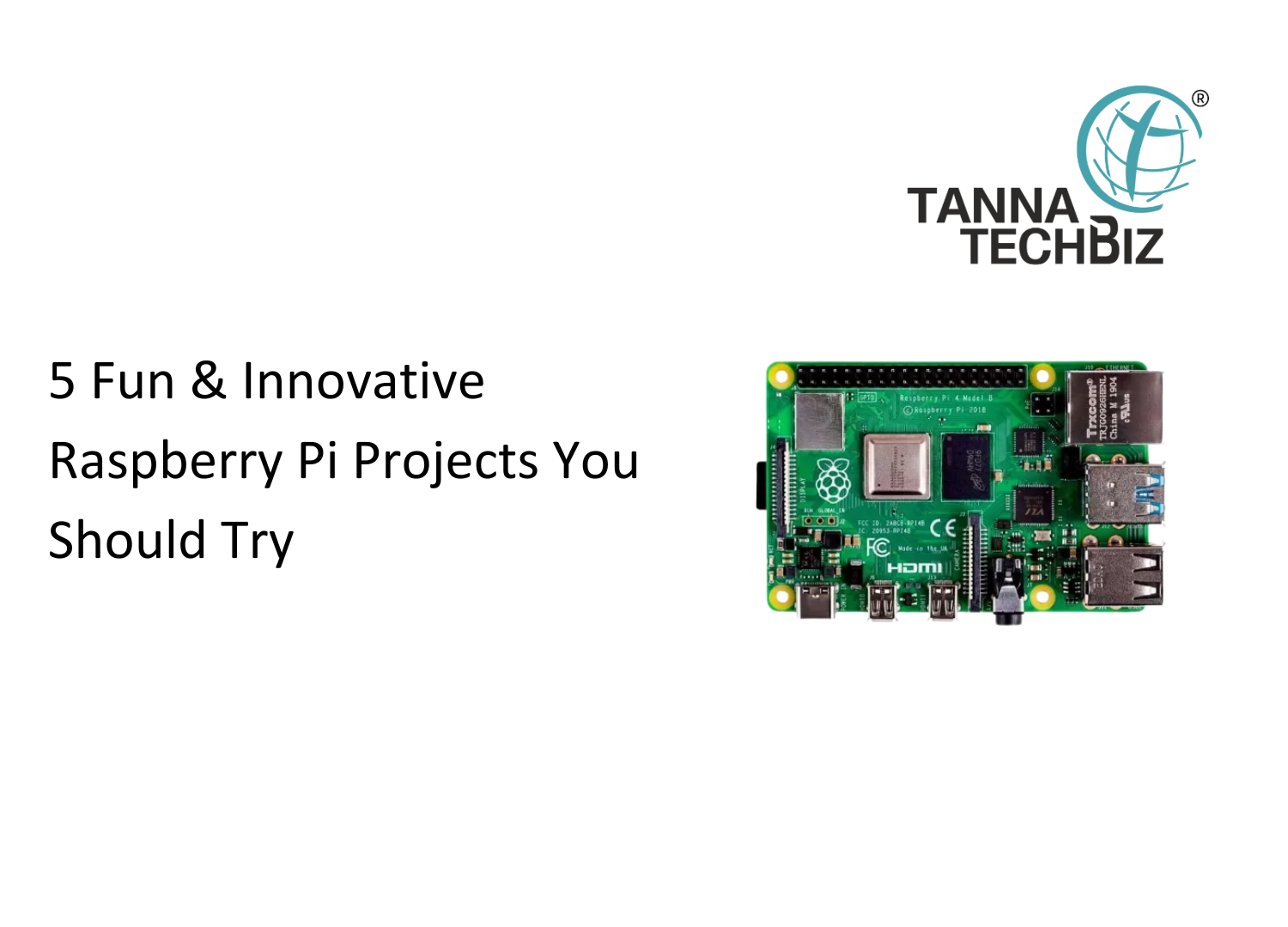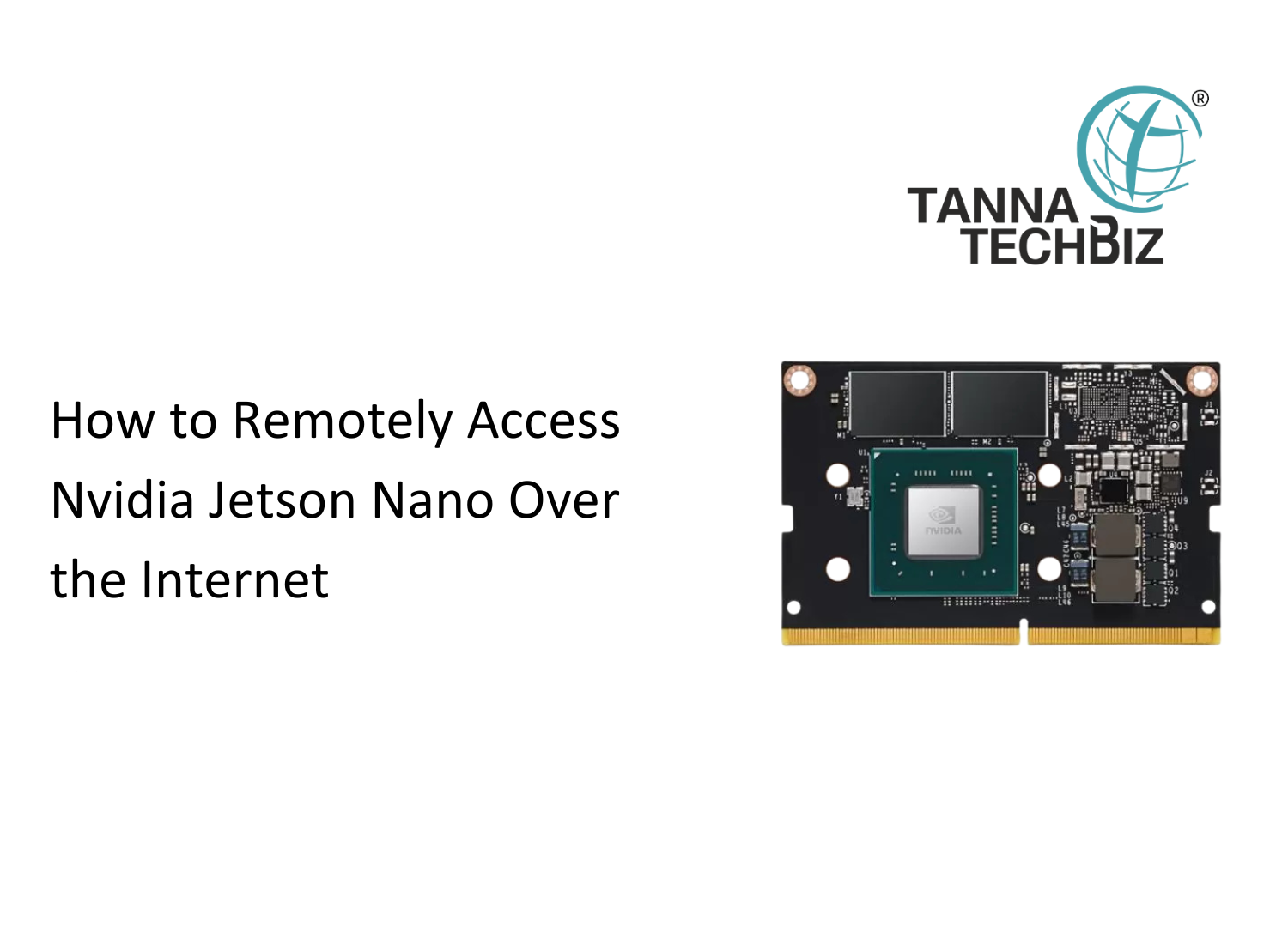Google Coral Dev Board Review: Performance, AI Capabilities & More
February 07, 2025 156

Artificial intelligence at the edge is becoming more popular, and the Google Coral Dev Board is a potent beast that will help you quickly build real-time AI applications. Using its powerful edge TPU and flexible computations, it enables developers to train machine learning models without the need for public cloud computing. Let us dive into its performance, AI potential, and overall value.
Performance and hardware
Google Coral Dev Board built upon the NXP i.MX 8M SoC features a quad-core Cortex-A53 and Cortex-M4 processor. Everything onboard is powered by 1GB LPDDR4 RAM and 8GB eMMC storage with a support microSD expansion. Edge TPU offers up to 4 trillion operations per second(TOPS) while consuming bare minimum power. Really good on low latency AI tasks like image recognition, speech processing and object detection.
Three connectivity options: Wi-fi, Bluetooth and gigabit Ethernet to enable easy integration across different applications. The board is equipped with multiple I/O ports like USB 3.0, MIPI-DSI, and GPIO for easy interfacing with additional peripherals, which expands the functionality of the developer.
AI capabilities and real-world applications
What really separates the Google Coral Dev Board is its ability to process AI models directly on-device. It drastically lowers latency and boosts security by keeping data local, which reduces dependency on the internet, too. TensorFlow lite models can be accelerated efficiently with the Edge TPU, making it perfect for AI-driven applications such as industrial automation, smart surveillance and healthcare diagnostics.
- The smart surveillance can detect objects and track movement in real time without any cloud-based processing.
- In the area of healthcare, it facilitates quick diagnostics to analyze medical images in real-time.
- Industries also use it for predictive maintenance and automation, which improves the efficiency of operations.
Conclusion
The Google Coral Dev Board is an exceptional solution for AI development at the edge. With its powerful Edge TPU, energy-efficient performance, and seamless AI processing, it caters to developers working on advanced machine learning projects. Whether for automation, security, or real-time AI applications, this board offers a scalable, cost-effective solution for AI innovation. Tanna TechBiz highly recommends it for professionals seeking reliable AI development tools.



